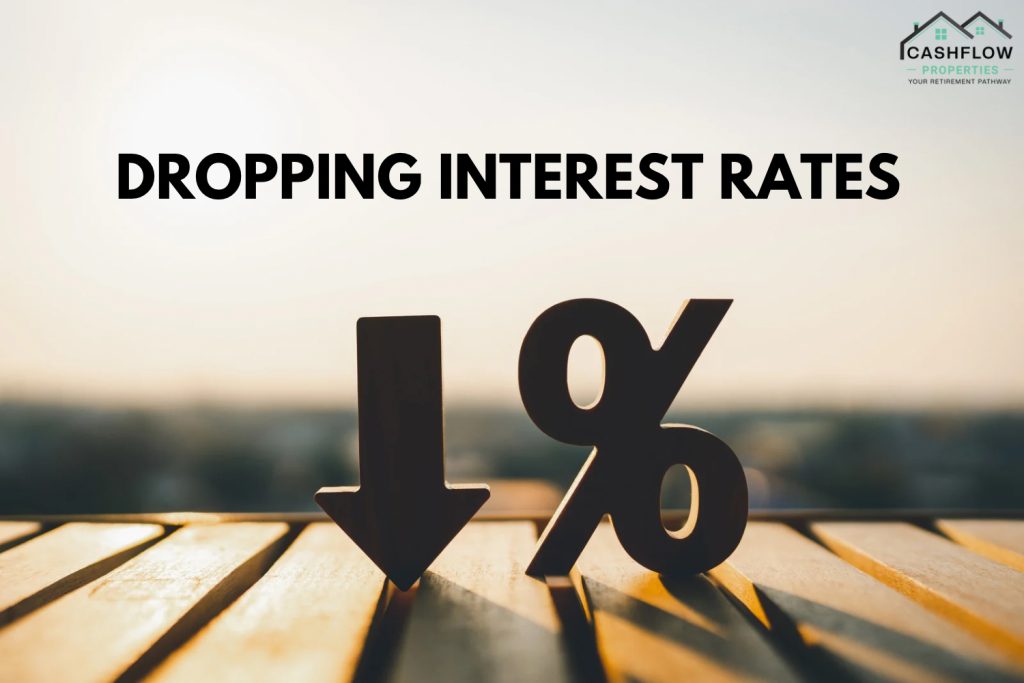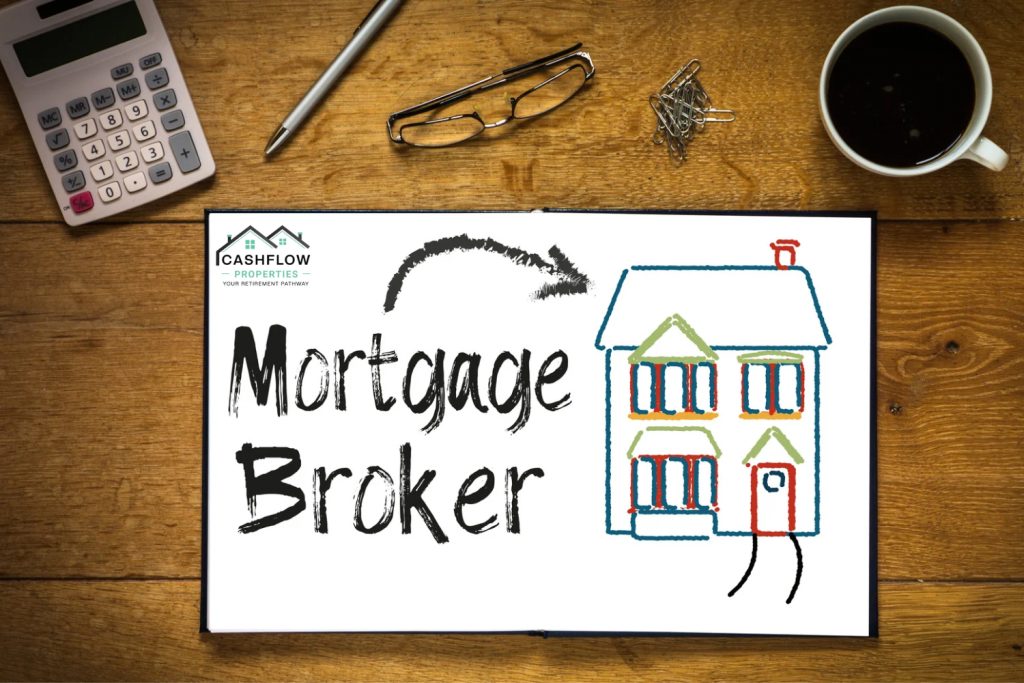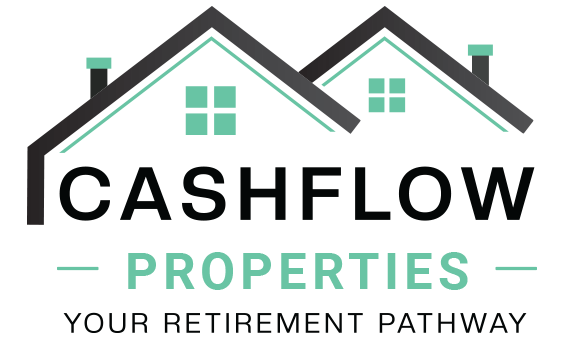
How to Take Advantage of the Next Cycle of Dropping Interest Rates
We’re standing at a classic turning point. After a long period of elevated borrowing costs, Australia’s cash rate has started to move down- at its August 12, 2025 meeting the Reserve Bank of Australia cut the official cash rate to 3.60%. That shift is the green light for borrowers and investors who want to reposition themselves but only those who act deliberately will capture the best of the opportunity. Lower interest rates don’t just mean cheaper monthly repayments, they can unlock higher borrowing power, create room to tidy up expensive debts, and open the door to strategic moves that strengthen your portfolio. But in a market where competition heats up the moment rates fall, the real winners are those who act early, prepare thoroughly, and position themselves to move with confidence.
Why The Falling Rate Cycle Matters For You
When official rates fall, mortgage lenders generally follow and pass savings to customers. That’s not only monthly relief, it can materially increase the amount a lender will approve you to borrow (your borrowing power), as lenders use lower assumed interest rates when running their serviceability assessments. At the same time, activity spikes: borrowers refinance, lock better terms, or clear expensive consumer debt while their home loan cost falls. If you’re strategic, you can save interest, shorten loan terms, and/or increase your capacity to add another property to your portfolio.
1. Borrowing power: how much more could you borrow — and why it matters
Borrowing power is the single most tangible lever for an investor during an easing cycle. Lenders calculate how much you can afford by stress-testing your income and expenses against a “test rate.” As market interest rates come down, the test rate gradually reduces and your monthly repayment estimate falls and that expands how much the bank will let you borrow.
According to recent statistics, Average new owner-occupier variable rates were around 5.7–5.8% in mid-2025, down from the higher peaks seen in 2023–24; lenders’ published pricing and the RBA’s interest-rate tables show this easing being reflected in the market. That movement translates into meaningful borrowing capacity for many borrowers and regulators are also adjusting rules that can lift capacity for particular cohorts.
How To Put This To Action?
• Run new borrowing scenarios. Use a broker or your lender’s calculator and compare pre-cut and post-cut scenarios. Even a quarter-point move can change outcomes.
• Think beyond the headline rate, consider fixed vs variable, offset accounts and redraw facilities, and how extra repayments will accelerate equity growth.
• If you’re close to the deposit threshold for an investment property or a second property, new borrowing power could be the difference between “hold off” and “go ahead.”
2. Consolidate personal debts: why the math gets in your favor
High-cost consumer debt (credit cards, personal loans) is one of the most corrosive drags on a property investor’s cash flow. A falling mortgage rate presents two related opportunities- you can refinance your mortgage to a lower rate and use your home equity to consolidate expensive debts, or you can reduce mortgage interest and direct savings to clear high-rate credit first.
Consolidating a 20% credit-card balance into a sub-6% mortgage or a low-cost personal loan dramatically reduces interest paid and improves your cash flow and optimized cash flow increases lender comfort if you want to borrow again. Over the recent months there has been a surge in refinancing activity as borrowers seek to lock in lower rates and simplify debt structures; this is exactly the behavior that creates room for portfolio growth.
How To Put This To Action?
• List all high-rate debts, their balances and interest rates. Calculate the monthly interest saving if rolled into a mortgage at the new lower rate.
• Speak to a broker about a cash-out refinance v/s a debt consolidation loan. There are pros and cons related to fees, tax deductibility (for investors), and loan type.
• Keep some repayment “discipline” rules: if you lower your monthly mortgage repayment, commit to directing a portion of the savings to debt reduction or extra principal payments rather than lifestyle creep.
3. Be Finance-ready: Speed Beats Size in a Falling Market
Rate cycles can be short and lenders’ appetite can shift quickly. Being finance-ready means your application processes like a winner when the right property appears.
Finance-ready checklist:
• Get a current pre-approval or conditional approval from a lender or broker. Recent pre-approval shows sellers you’re serious and saves time.
• Clean up the paperwork: recent pay slips, tax returns, bank statements, and a clear schedule of liabilities make for faster lender decisions.
• Review your serviceability buffer and household expense disclosures. If your financials have improved (higher income, lower expenses, and elimination of debt) get updated letters and pay slips to increase capacity.
• Plan for the unexpected: even during easing cycles, banks expect a conservative buffer for stress-testing, so factor a safety margin into your calculations.
Tactical Suggestions For Investors
• Keep repayments higher than the minimum. When rates drop, keep paying the previous amount, the extra goes to principal and shortens your loan term while building equity faster.
• Use offset accounts strategically. They provide immediate interest savings and maintain liquidity in case a new investment arises.
• Don’t fix everything blindfolded. Fixed rates give certainty but can lock you out of future rate improvements, consider splitting the loan.
• Consider tax implications: converting personal debt into investment debt may change tax deductibility. Speak to an accountant as part of the refinance process.
Why a Good Broker Changes The Equation

A specialist, investor-savvy broker does more than just find low headline rates. They:
• understand lender appetite for investment loans and can package applications to maximize approval chances;
• help decide when to fix or float parts of a loan based on your strategy and market outlook;
• structure refinances to optimize tax outcomes and cash flow.
We work with experienced brokers who specialize in investor scenarios; their job is to find the right loan structure for your goals, not just the lowest rate. If you want the combination of speed, strategy and a lender network that really gets investor financing, an expert broker is the smartest call you can make.
Final Thoughts- Leverage The Shift
Dropping rates are an invitation to act but they reward the prepared. Increasing borrowing power, consolidating high-cost debt, and being finance-ready are three concrete moves that convert rate relief into long-term wealth. If you pair those actions with disciplined repayments and the right loan structure, you’ll not only save on interest today, you will accelerate equity growth and buy smarter tomorrow.
We use investor-savvy brokers who can help you run the numbers, tidy your application, and position you to move fast when the right deal appears. Call us or book a session with our broker team and let’s map your next move.

